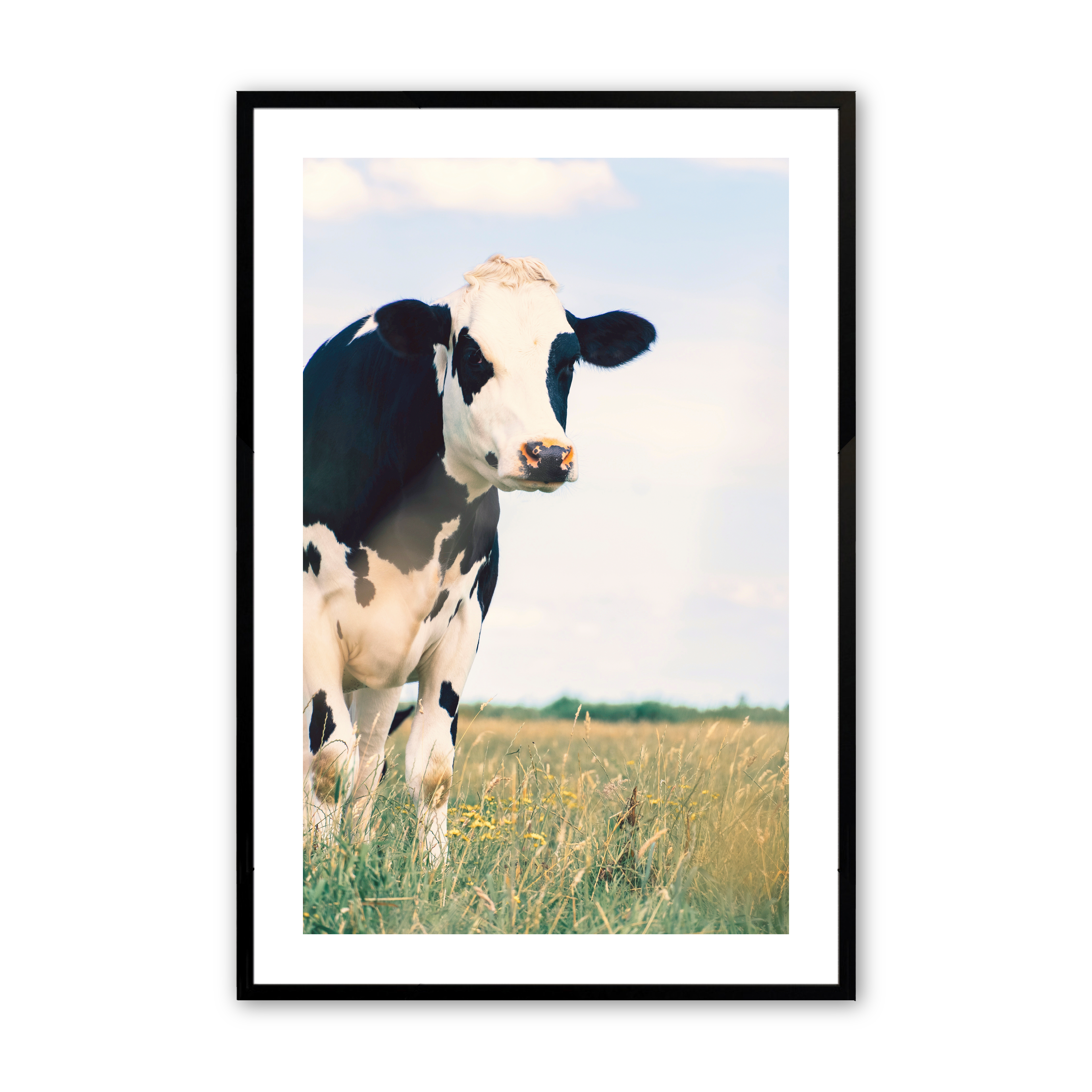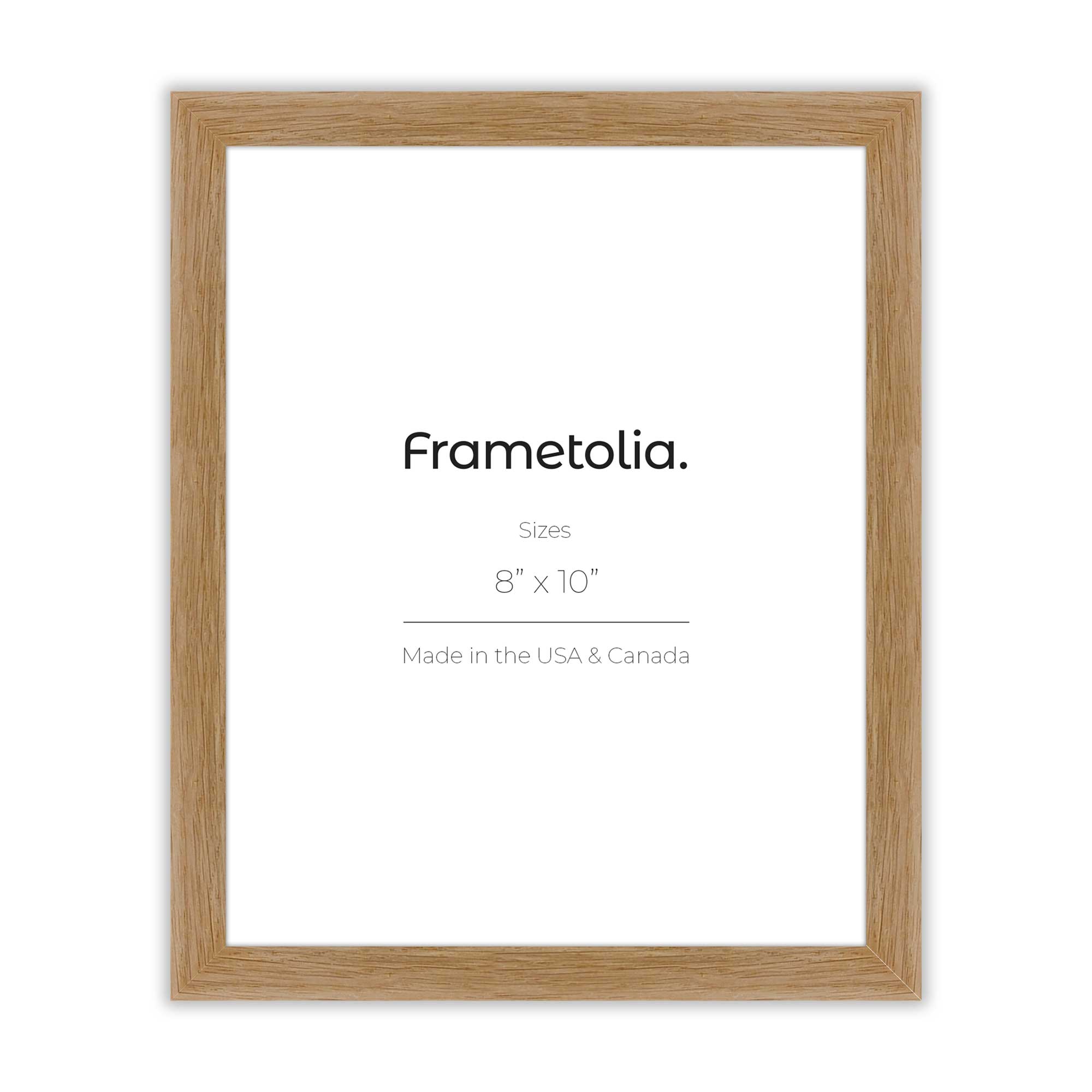Choosing the right frame size and orientation for your photographic art can dramatically influence how it is perceived and enjoyed. Whether you're showcasing a panoramic landscape, an intimate portrait, or a dynamic action shot, the frame size and orientation can either enhance or diminish the visual impact of your photos. Let’s delve into how to make the best choices for your photographic art to ensure each piece shines to its full potential.
Large Art: Making a Bold Statement
Large photographic art pieces are perfect for making a bold statement in any room. They draw the eye and become focal points that set the tone for the entire space. Here are some types of photos that work particularly well as large art:
- Landscapes and Nature Scenes: Expansive landscapes, such as mountain ranges, oceans, and forests, benefit greatly from large frames. The vastness of these scenes is best appreciated when given ample space, allowing viewers to immerse themselves in the beauty and detail of nature.
- Architectural Photography: Images of grand buildings, bridges, and cityscapes often have intricate details and expansive views that deserve a larger canvas. The structural lines and textures become more pronounced and impactful in a larger format.
- Abstract and Fine Art Photography: Abstract images and fine art photos often contain intricate details and textures that may be lost in smaller prints. Large frames allow the viewer to fully appreciate the nuances and depth of the artwork.
Small Prints: Adding Charm and Detail
Small prints are versatile and can add a charming touch to any space. They are perfect for creating gallery walls, filling small nooks, or complementing larger pieces. Here are some photos that look fantastic in smaller frames:
- Portraits and Close-Ups: Intimate portraits, whether of people or pets, are ideal for smaller frames. The close-up nature of these shots ensures that the subject remains the focus, and the viewer can appreciate the details and expressions without distraction.
- Detail Shots: Photos that capture intricate details, such as macro shots of flowers, textures, or everyday objects, can shine in smaller prints. The smaller size encourages viewers to get up close and personal with the artwork.
- Candid Moments: Small frames are perfect for candid shots and snapshots of everyday life. These photos often have a personal, intimate feel that works well in a smaller, more approachable format.
Orientation: Landscape vs. Portrait
The orientation of your frame can also influence the impact of your photographic art. Here’s a guide on when to choose landscape or portrait orientation
Landscape Orientation: Ideal for Wide Scenes
Landscape orientation is particularly well-suited for wide scenes that require a broader canvas to capture their essence. This orientation, where the width of the photo is greater than its height, is perfect for showcasing landscapes, architectural photos, and group shots. Here’s why:
- Landscapes: Expansive views of nature, such as mountains, oceans, and rolling hills, benefit immensely from the landscape orientation. This format allows the viewer to take in the vastness and breadth of the scene, creating a feeling of being immersed in the environment. The horizontal layout mimics our natural field of vision, making it feel more realistic and engaging. For instance, a panoramic shot of a mountain range or a sweeping view of the coastline will appear more dramatic and inviting when displayed in a wide, landscape frame.
- Architectural Photos: Buildings, bridges, and cityscapes often have horizontal lines and structures that are best captured in landscape orientation. This format emphasizes the width and expanse of architectural elements, highlighting their grandeur and design intricacies. A photo of a skyline or a long bridge, for example, would benefit from the landscape orientation to showcase the full extent of the structure.
- Group Shots: When photographing groups of people, landscape orientation helps include everyone comfortably within the frame. This orientation avoids crowding and ensures that each individual is clearly visible and well-placed. Whether it’s a family reunion, a wedding party, or a group of friends, landscape orientation makes it easier to arrange multiple subjects in a cohesive and aesthetically pleasing way.
- Sense of Openness: Landscape orientation provides a sense of openness and expansiveness. When used in smaller spaces, it can make the area feel larger and more inviting. The horizontal lines draw the eye across the photo, creating a visual flow that enhances the overall ambiance of the room. This can be particularly effective in narrow or confined spaces, where the illusion of width and space can transform the feel of the room.
Portrait Orientation: Best for Tall Subjects
Portrait orientation, where the height of the photo is greater than its width, is ideal for tall subjects and compositions that benefit from a vertical layout. This orientation draws the eye upward and can add a sense of height and grandeur to the photo. Here’s why portrait orientation works so well for certain types of photography:
- Full-Length Portraits: When photographing people, especially in full-length portraits, portrait orientation is essential. This format allows you to capture the subject from head to toe, providing a complete view that highlights their posture, attire, and overall presence. Portrait orientation also emphasizes the verticality of the subject, making them appear taller and more prominent in the frame. This is particularly effective for fashion photography, formal portraits, and artistic representations of individuals.
- Tall Trees and Structures: Tall subjects, such as trees, towers, and statues, are best showcased in portrait orientation. This format accentuates their height and allows viewers to appreciate the full scale and majesty of the subject. For example, a photograph of a towering tree in a forest or a historic monument will appear more imposing and impressive when captured in a vertical layout. The upward movement of the eye as it follows the lines of the subject enhances the perception of height and grandeur.
- Architectural Details: Portrait orientation is also useful for highlighting specific architectural details that have a vertical emphasis. Columns, doorways, and staircases can be beautifully framed in a vertical layout, drawing attention to their design and craftsmanship. This approach can add a dramatic effect to architectural photography, showcasing the elegance and sophistication of vertical elements.
- Creating Height and Grandeur: In spaces with low ceilings or confined vertical dimensions, portrait orientation can create an illusion of height and grandeur. Displaying vertically oriented photos can draw the eye upward, making the room feel taller and more spacious. This effect can be particularly beneficial in rooms such as hallways, entryways, and small living areas where enhancing the sense of vertical space can improve the overall ambiance.
How to Choose Frames Based on Photo Orientation
Selecting the perfect frame for your photographs is an art in itself. The orientation of your photo—whether landscape or portrait—plays a significant role in determining the most suitable frame. The right frame can enhance the visual impact of your photo, drawing attention to its best features and seamlessly integrating it into your decor. Here’s a guide to help you choose frames based on photograph orientation.
Choosing Frames For Landscape Photos
Landscape orientation, where the width of the photo is greater than its height, is ideal for wide and expansive scenes. Here’s how to choose the best frames for landscape-oriented photos:
- Natural Wooden Frames: For landscape photos, especially those featuring nature or outdoor scenes, natural wooden frames are an excellent choice. Frames made from oak, walnut, or maple can enhance the organic elements of the photo, adding warmth and texture. This style is perfect for landscapes, seascapes, and garden scenes.
- Wide Frames: Landscape photos often benefit from wider frames that provide a substantial border around the image. This helps to anchor the photo and draw the viewer’s eye into the scene. Wide frames can also add a sense of grandeur and importance to the image.
- Metallic Frames: For architectural landscapes or cityscapes, sleek metallic frames in silver, black, or brushed steel can enhance the structural elements of the photo. These frames provide a clean, modern look that complements the geometric lines and details of architectural subjects.
Choosing Frames For Portrait Photos
Portrait orientation, where the height of the photo is greater than its width, is perfect for tall and vertical subjects. Here’s how to choose frames that highlight the elegance and height of portrait-oriented photos:
- Classic Wooden Frames: Portraits of individuals, whether formal or candid, often look best in classic wooden frames. Warm-toned woods like mahogany, cherry, or walnut add a touch of timeless elegance, enhancing the subject’s features and creating a connection between the viewer and the photo.
- Slim Profile Frames: For a modern and understated look, slim profile frames in black, white, or metallic finishes are ideal. These frames provide a sleek border that doesn’t overpower the photo, allowing the subject to remain the focus.
- Decorative Frames: To add a touch of sophistication, consider using decorative frames with ornate designs or intricate patterns. These frames can enhance the visual impact of fine art portraits, making them feel more luxurious and significant.
- Matted Frames: Adding a mat to a portrait-oriented photo can create a sense of space and focus. Mats in neutral colors like white, beige, or gray can draw attention to the subject, making the photo stand out. This is especially effective for formal portraits or close-up shots.
Orientation Matters
By understanding the strengths of landscape and portrait orientations, you can make informed decisions about how to frame and display your photographic art. Whether you’re aiming to create a sense of openness with wide scenes or add height and grandeur with tall subjects, the right orientation can transform your photos into captivating works of art. If you're ready to find the perfect frame for your Photos look no further! Check out Frametolia's extensive collection of Wall Frames and Table Top Frames



















